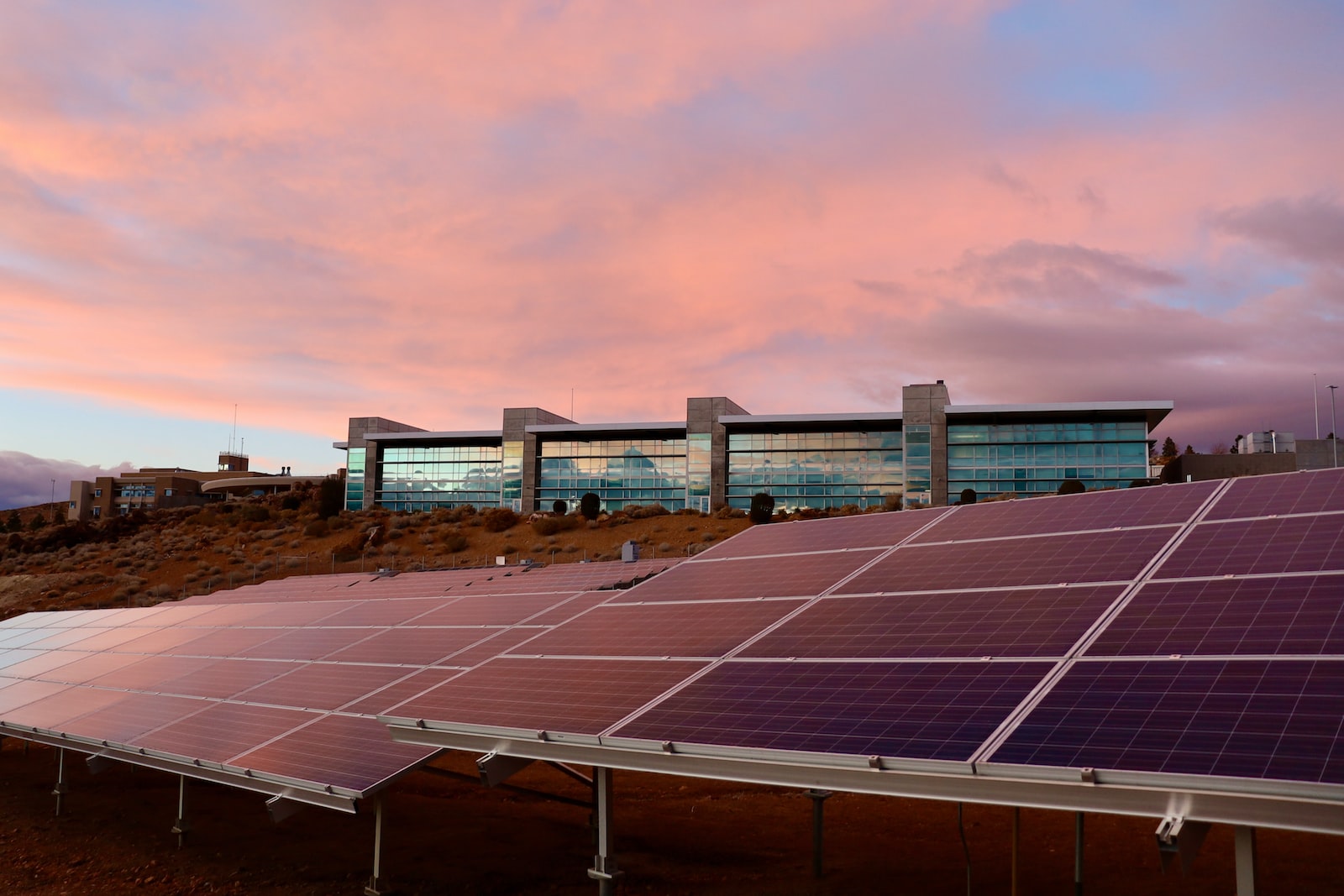Solar energy has grown in popularity as a viable alternative to traditional fossil fuels, but it has its fair share of myths and misconceptions. In this article, we aim to debunk some of the most common misunderstandings about solar energy to provide a more accurate understanding of its capabilities and potential.
Myth #1: Solar Energy Is Too Expensive
One of the biggest misconceptions about solar energy is that it is too expensive to be a feasible option for most people. While it is true that the upfront cost of installing a solar panel system can be high, there are several cost-saving incentives and financing options available to make the transition more affordable.
First and foremost, it is important to consider the long-term cost savings of switching to solar energy. While the initial investment may be higher than simply continuing to rely on traditional fossil fuels, solar energy has the potential to reduce energy costs significantly over time. In many cases, the cost savings on monthly energy bills can even cover the initial installation costs within just a few years.
Various financial options are also available to make the transition to solar energy more manageable. Many states offer tax credits and incentives for individuals and businesses that switch to solar energy, which can significantly reduce the overall cost. Additionally, several financing options are available, including loans, leases, and power purchase agreements, which can make it easier to afford the upfront costs of installation.
Myth #2: Solar Panels Are Unsightly And Will Decrease The Value Of My Property
Another common myth about solar energy is that the panels are unsightly and will decrease the value of a property. While it is true that solar panels can be visible, there are several options available to make them less intrusive.
One option is to install roof-integrated solar panels, which are designed to blend in with the existing roof and be less noticeable from the ground. There are also a variety of color options available, so the panels can be chosen to match the property’s existing roof or other features.
In terms of the impact on property value, there is evidence to suggest that solar panels can increase the value of a property. A study by the Lawrence Berkeley National Laboratory found that homes with solar panels sold for an average of 4.1% more than comparable homes without solar panels. This is likely due to the potential cost savings and increased demand for energy-efficient homes.
Myth #3: Solar Energy Is Not Reliable And Cannot Provide Consistent Power
Another common misconception about solar energy is that it is unreliable and cannot provide consistent power. However, this is simply not true. Modern technology and storage solutions have made it possible for solar energy to be a reliable and consistent power source.
One key factor in the reliability of solar energy is the use of solar panels with high-efficiency ratings, which can produce more energy from the same amount of sunlight. In addition, using batteries or other storage systems can allow the excess energy produced during the day to be stored and used during periods of low sunlight or at night.
There are also several successful examples of solar energy being used as a primary power source. For example, the island of Ta’u in American Samoa could switch to 100% solar energy in 2016, using a combination of solar panels and battery storage. Similarly, Burlington, Vermont, reached 100% renewable energy, including solar, in 2014.
Myth #4: Solar Energy Is Only Suitable For Certain Climates And Regions
Another myth about solar energy is that it is only suitable for certain climates and regions, but this is not the case. While it is true that certain areas may have more consistent sunlight and, therefore, more potential for solar energy production, solar panels can function effectively in a variety of climates and locations.
Several factors can impact the effectiveness of solar panels, including the angle and orientation of the panels, the amount of shading and cloud cover, and the overall climate. However, modern solar panels are designed to be efficient in various conditions and can be adjusted to optimize energy production.
Numerous successful examples of solar energy are used in diverse geographical areas. For example, countries with cold climates, such as Sweden and Canada, have significantly invested in solar energy. In the United States, states with a range of climates, including California, New York, and even Alaska, have seen significant growth in the adoption of solar energy.
Conclusion
In conclusion, several myths and misconceptions about solar energy can be misleading and discourage people from considering it as a viable option. However, as we have shown, solar energy is a reliable, cost-effective, and versatile source of power that can be used effectively in various locations and climates. If you are considering switching to solar energy, it is important to research and consider the various incentives and financing options available. Refrain from letting myths and misconceptions hold you back from exploring the benefits of solar energy for your home or business.
